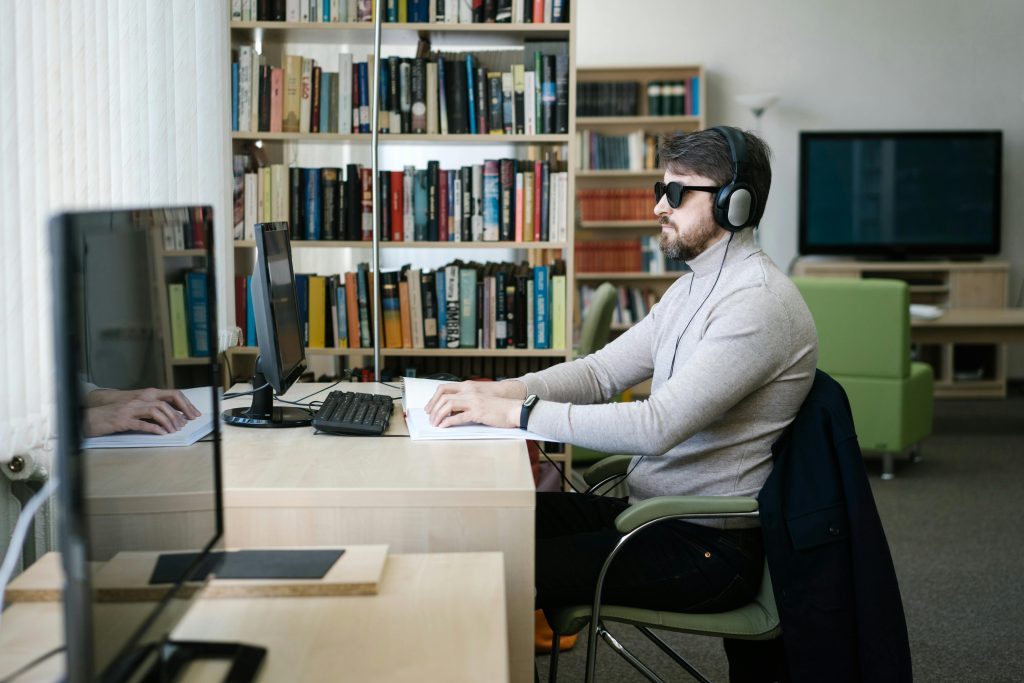Troubleshooting a Dell XPS Blue Screen After SSD Replacement: A Step-by-Step Guide
Reinstalling or swapping components in a laptop can sometimes lead to unexpected issues, even when replacement parts are identical. Recently, a scenario arose involving a Dell XPS model experiencing a persistent blue screen after a solid-state drive (SSD) replacement. This article explores the problem, its potential causes, and recommended troubleshooting steps to resolve such issues effectively.
Background Scenario
The original laptop was experiencing issues with its USB Type-C port, which had become non-functional. Due to budget constraints, a direct replacement was not feasible, so the technician (or user) offered the affected system’s SSD to a relative. The recipient’s Dell XPS, functioning normally with its own drive, now encounters a continuous, text-free blue screen after the SSD swap.
This situation is urgent because the device is crucial for academic purposes. Understanding what might cause such a problem is essential to finding a swift resolution.
Key Details & Observations
- The original system’s SSD was swapped into another Dell XPS.
- The donor system had no encryption (BitLocker) enabled.
- After the swap, the laptop displays a blue screen that does not contain typical error text or codes.
- Changing boot settings from AHCI to RAID mode did not resolve the issue.
- The laptop no longer powers on as it did before, indicating a deeper compatibility or configuration problem.
Potential Causes and Troubleshooting Steps
- Hardware Compatibility and Firmware Considerations
Even if the SSD is identical, differences in system firmware versions or hardware configurations might lead to incompatibilities. Ensure that the BIOS/UEFI firmware is up to date on the recipient device.
Action:
– Update the BIOS/UEFI to the latest version provided by Dell.
– Reset BIOS settings to default, then reconfigure boot modes.
- Secure Boot and BIOS Settings
Despite the absence of BitLocker, legacy BIOS or Secure Boot settings could interfere with booting from a transferred drive.
Action:
– Disable Secure Boot in BIOS, then attempt to boot again.
– Check if the drive is detected correctly in BIOS.
- Drive Partitioning and Boot Configuration
A transfer of an SSD from one system to another can cause boot issues, especially if the drive contains system-specific drivers or configurations.
Action:
– Boot into recovery mode via a
Share this content:



